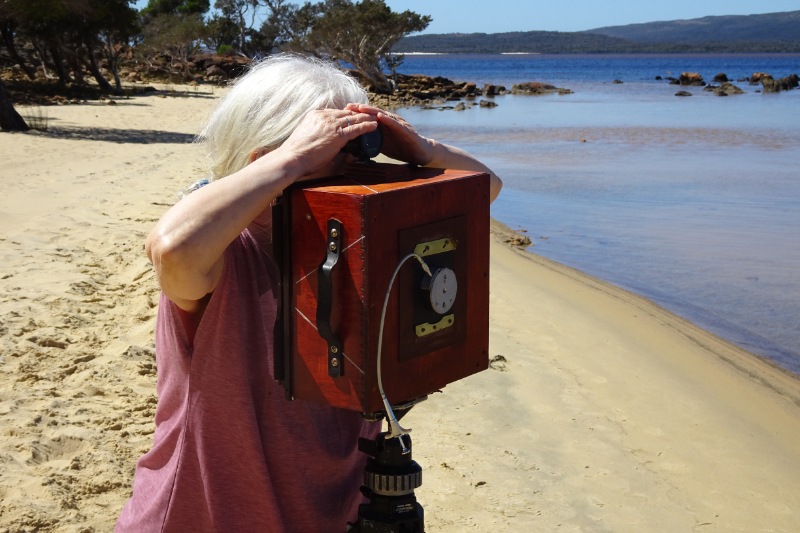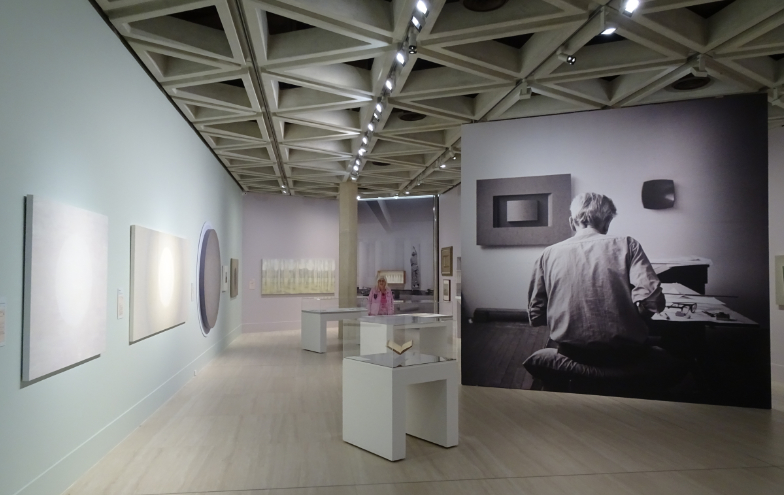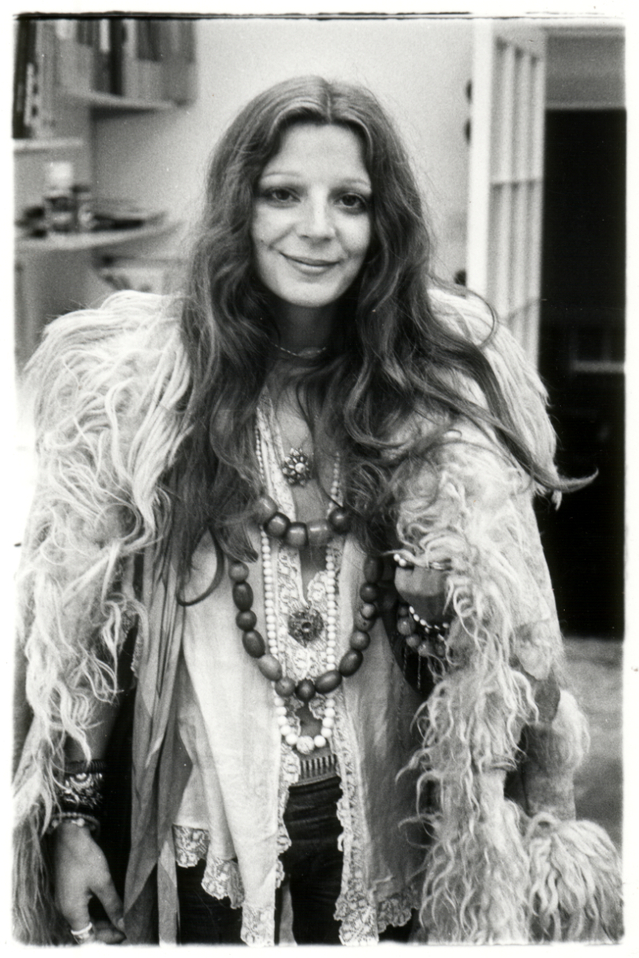Photo in C21
Sep 17th, 2024 • Uncategorised
PHOTO IN C21
PREFACE
"We are in a photographic tsunami, so time for a general, but very quick, overview."
This brief text was an attempt to codify my late career thoughts about photography in C21. It was divided into five parts, but the first four were pretentious drivel, so deleted. All that is now left is the afterthought on the snapshot, whiich is being expanded into a video script.
SNAPSHOTS: The Pinacle of Photography.
Ending on a bright note, the personal snapshot, from C19 to now is perhaps the most valid and interesting area of photography. Without need to environmentally, sociologically or politically witness, or to have pretence to art, the best snapshots are some of the most ontologically engaged images we have.
Within snapshot I am including the whole spectrum from Edwardian snapshot to the new “Impossible Project - Polaroid Now” and “Lomography” phenomena.
There was, of course, an attempt to drag the snapshot into the art-sphere for commercial exploitation, but thankfully this seems to have failed. Some theoreticians consider the snapshot as an intentional revolt against the major movements within photography, but I feel this is intellectual over-reach.
I personally enjoy the snapshot as vehicle for notes and for celebrating the commonplace, with no political agenda and ignoring the theoretical crap occasionally thrown at it.
Beyond this, the snapshot is a field that deserves consideration that is a celebration rather than a critique.
Acknowledgements: The original essay was informed by writings by Ariella Azouley, Roland Barthes, John Berger, John Roberts and Susan Sontag.
Header image is a snapshot by Rev. John Joseph Strutt-Bird, photographically active 1896 - 1907
© John Austin
Quinninup, 2024.08.15 edited 2025.04.11
← Return to Blog





 RSS Feed
RSS Feed